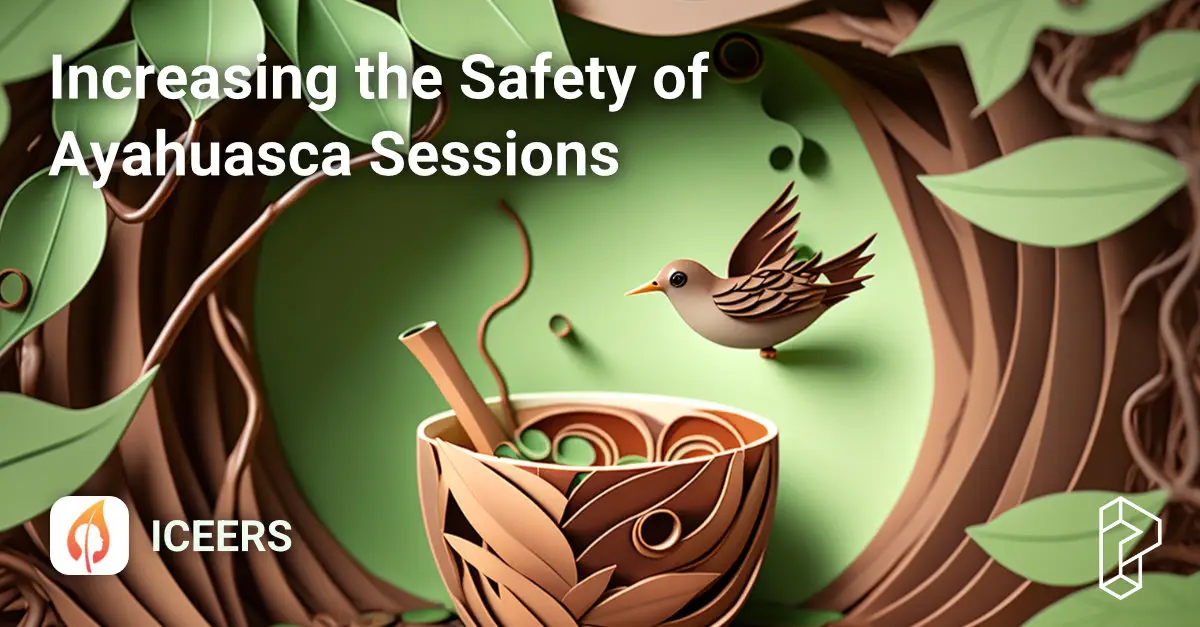Increasing the Safety of Ayahuasca Sessions
The Increasing the Safety of Ayahuasca Sessions course is an in-depth, six-month program designed to enhance the safety and effectiveness of ayahuasca ceremonies in non-traditional contexts.
- 50 Enrolled
- Professional
- Last updated Apr '23
- English
Course Description
The Increasing the Safety of Ayahuasca Sessions course is an in-depth, six-month program designed to enhance the safety and effectiveness of ayahuasca ceremonies in non-traditional contexts. Offered by ICEERS, an organization with over a decade of experience in hosting dialogues on ayahuasca safety and ethics, this course aims to address the unique challenges faced by facilitators and participants working with plants outside their countries of origin.
From May 8th to November 15th, 2023, the course features a comprehensive eight-module curriculum covering essential milestones for increasing safety during plant medicine sessions. Participants will benefit from a multidisciplinary approach that combines theoretical learning with live dialogues. Over 30 video lessons provide in-depth knowledge, and a self-diagnostic process aids in improving one's practice.
Twelve live sessions are scheduled throughout the course, featuring instructors and guest speakers who will delve deeper into the topics, answer questions, share experiences, and promote collective learning. Specialized resources and protocols, including health questionnaires, release forms, and emergency protocols, will be shared to reduce potential harm and enhance session safety.
This unique course culminates ICEERS' extensive collaboration with guides, facilitators, sitters, researchers, psychologists, and doctors. By distilling their collective knowledge and expertise, the course offers valuable prevention strategies and harm reduction perspectives to minimize potential risks associated with plant medicine consumption in legal and illegal contexts.

Tatayo
Instructor
About Instructor
Tatayo (“Fruit of the Wind”) first arrived in Gabon in 1971 at the age of 21 and became a Gabonese citizen. In 1979, he became the first white person to be initiated into the Bwiti Fang tradition in Gabon. In 1994, he was initiated into the Misokko tradition. As a guide for numerous expeditions and missions, including those of National Geographic, the BBC, and others, Tatayo is considered to have “opened the door” to westerners in Gabon.
Frequently Asked Questions
This course includes
- Modules 7
- Duration 6 Months
- Skills Professional
- Language English
- Availability Cohort
- Certificate No
Course Tags
Boost Your Healing with a RetreatAD
After learning about psychedelics, think about going on a healing retreat. Retreats let you use what you learned in a safe and caring place. By taking a break from your busy life to focus just on yourself, you can really see how psychedelics can help you feel better mentally and emotionally with the help of skilled guides.
The deep healing you'll feel on a retreat builds on what you learned in courses. You'll see for yourself how big of an impact psychedelics can have.
Check out the retreats from Sayulita Wellness and take a big step towards changing your life for the better.
